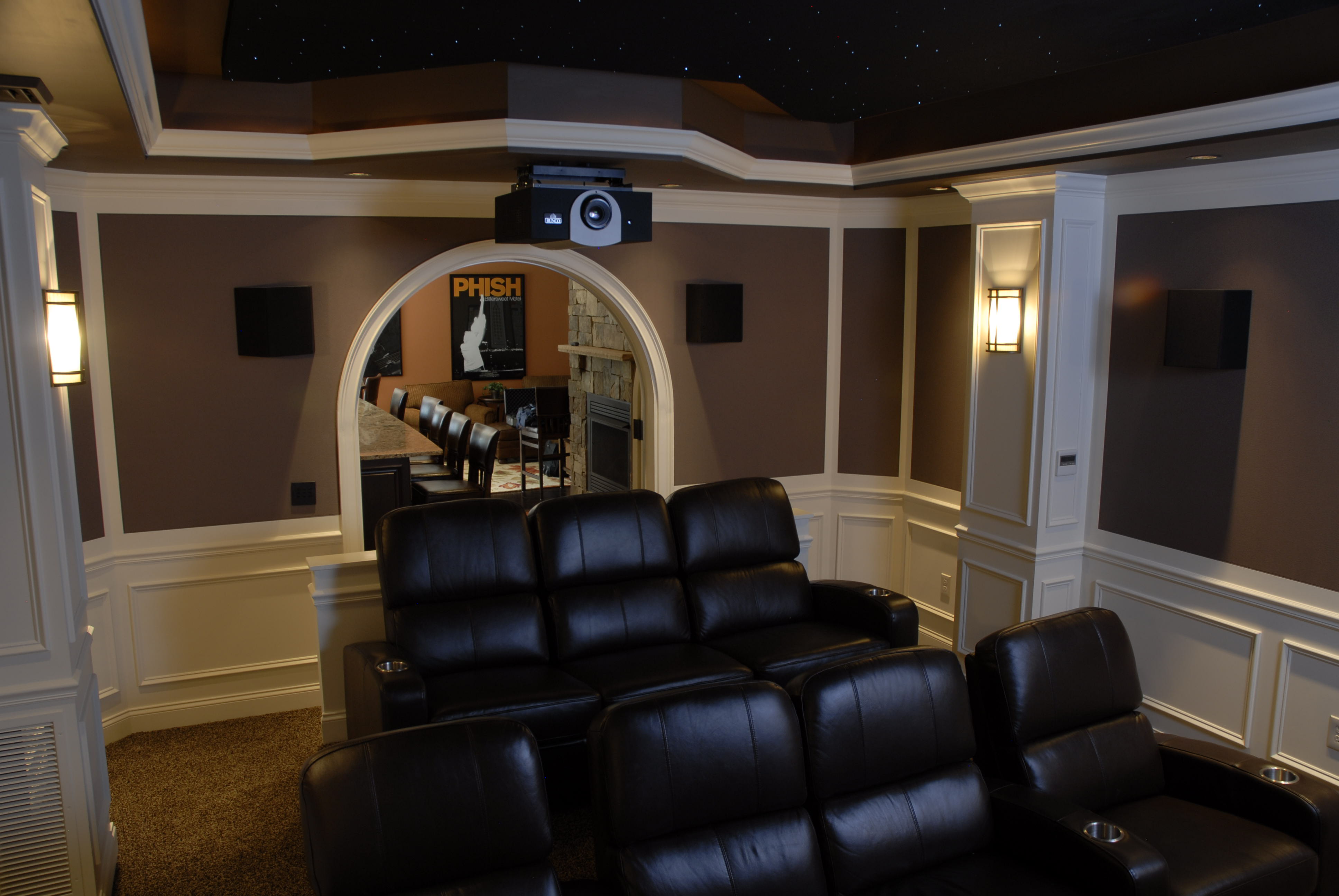Optimal Tactics for Positioning Surveillance Cameras to Improve Monitoring Effectiveness
Optimal Tactics for Positioning Surveillance Cameras to Improve Monitoring Effectiveness
Blog Article

Positioning security cameras effectively effectively remains crucial for improving surveillance across various environments, including homes, commercial properties, and public spaces. The primary objective of security systems is to discourage crime while also offering evidence during case of events. To achieve this, it becomes essential to consider various factors, including surveillance camera placement, range of view, as well as the specific zones that require oversight. By understanding these elements, people and organizations can develop a comprehensive monitoring strategy that optimizes the effectiveness of their surveillance systems.
One of the initial steps in placing surveillance cameras involves to identify critical areas that require surveillance. Vulnerable zones, such as entry points, exits, vehicle areas, as well as areas with high-value assets, must be prioritized. It is crucial to consider areas not visible, which may be areas that may not be visible from specific angles. By mapping out these key locations, surveillance personnel can guarantee that every corner remains monitored, minimizing the chances of illegal actions going unnoticed. Additionally, installing cameras at key points can assist form a comprehensive perspective of the premises, allowing for improved total security monitoring.
The field of a security system remains another crucial factor to take into account. Various kinds of cameras offer different fields of vision, which can influence how many area gets captured in the video. For instance, broad-view systems can cover bigger spaces, rendering them perfect for open areas, while PTZ systems can be adjusted to concentrate on specific features. When positioning surveillance systems, it becomes important to select the right kind based on the area being monitored. This guarantees that the system can record sharp images and offer valuable information in the event of an incident.
Height and angle of installation also play a significant role in the efficacy of security cameras. Cameras must be installed at a level that remains out of grasp of potential tampering but still allows for clear viewing of identifying features and additional identifying features. A common suggestion is to mount cameras at least eight to ten ft off the floor. Additionally, the tilt at which the camera is positioned can affect its capability to capture important details. Surveillance systems must be tilted to minimize glare and avoid obstructions, guaranteeing that they can capture sharp footage at all moments.
In conclusion, routine maintenance and updates to the surveillance system is essential for long-term efficacy. This entails great post to read inspecting camera functionality, wiping optics, as well as ensuring that software remains current. Regular assessments of the monitoring plan can help identify any additional areas not visible or locations that may need extra monitoring. By remaining proactive and making required changes, individuals as well as entities can enhance their surveillance efficacy and guarantee that their security systems remain to serve their designated purpose.